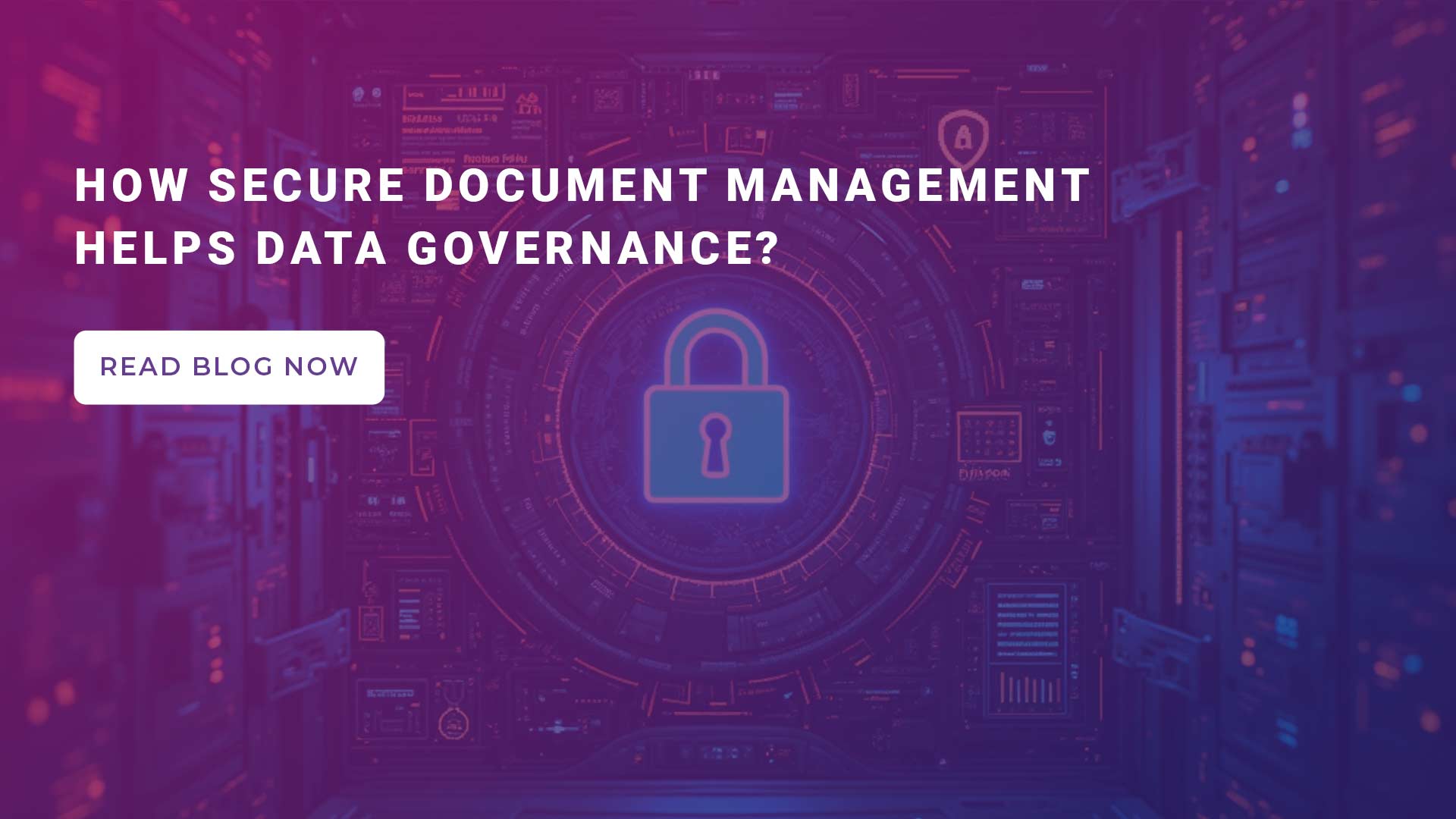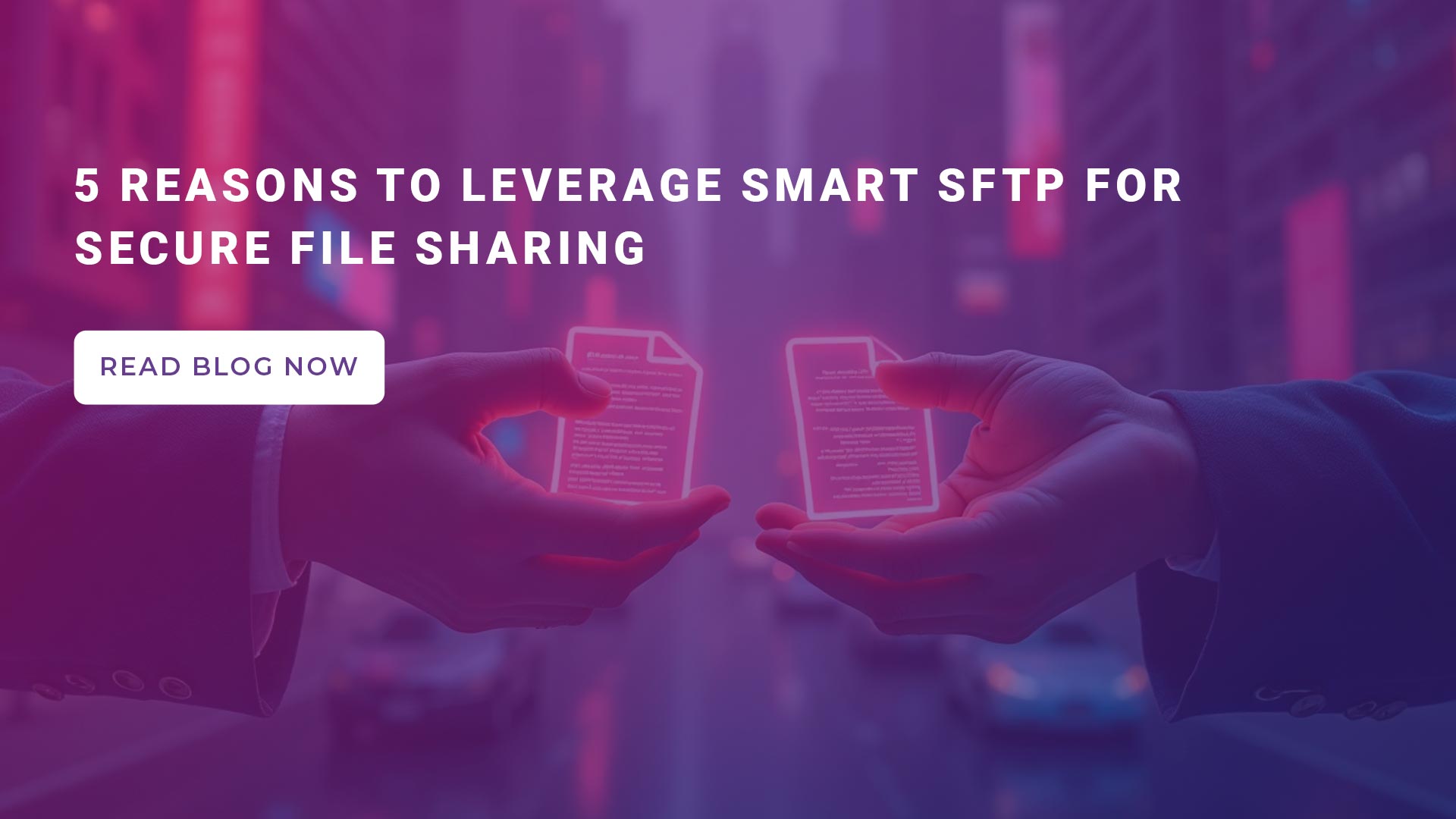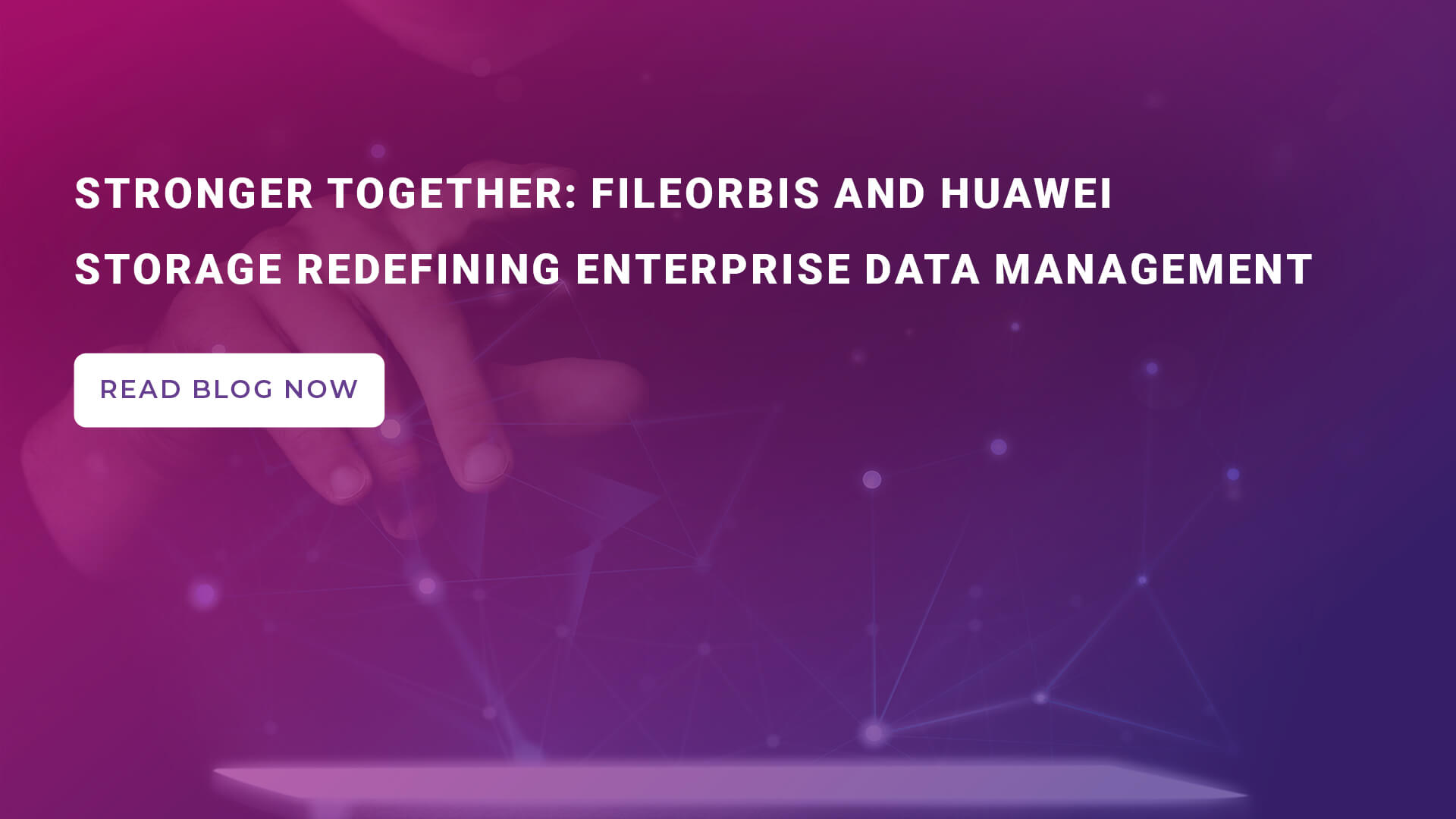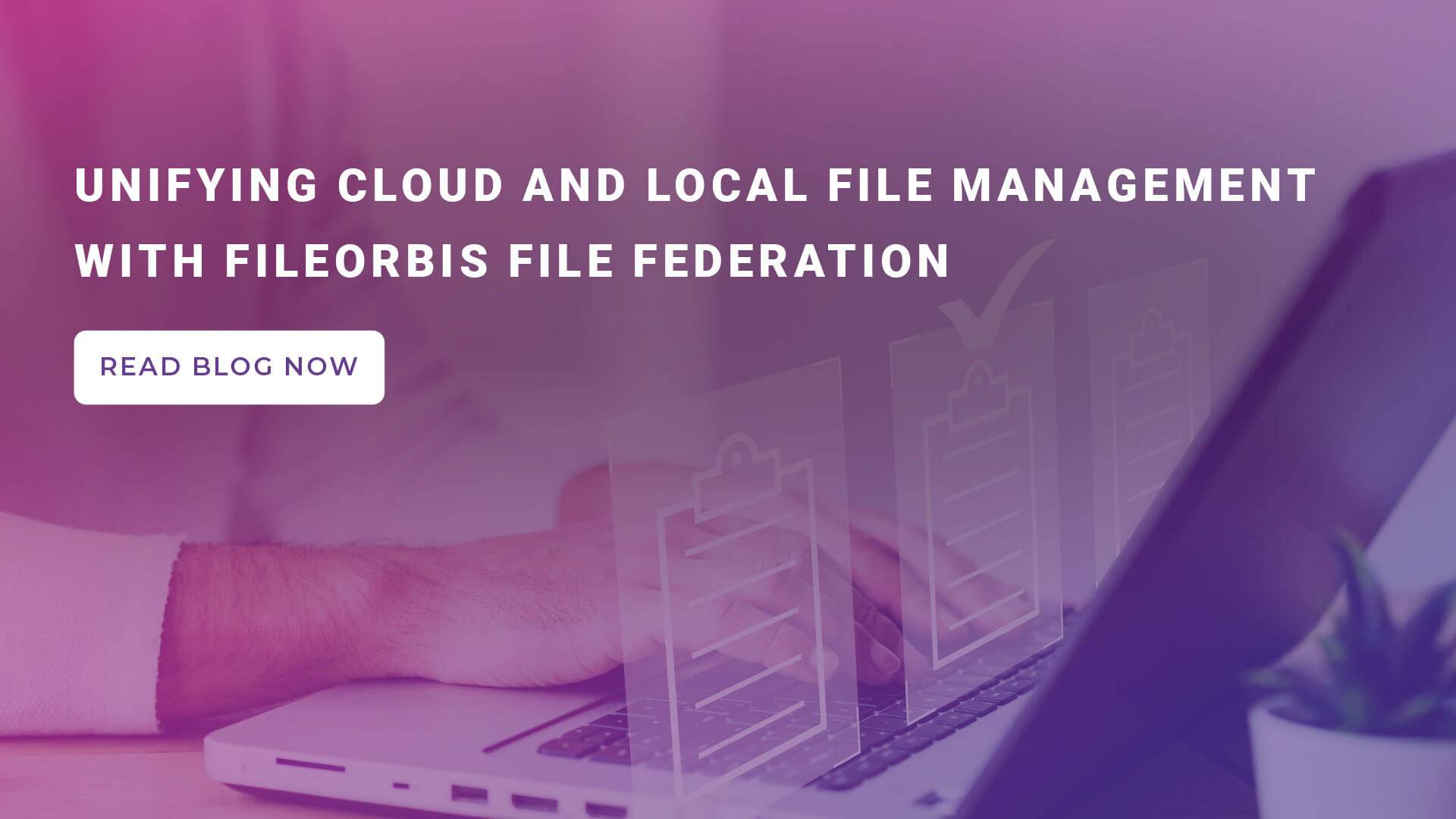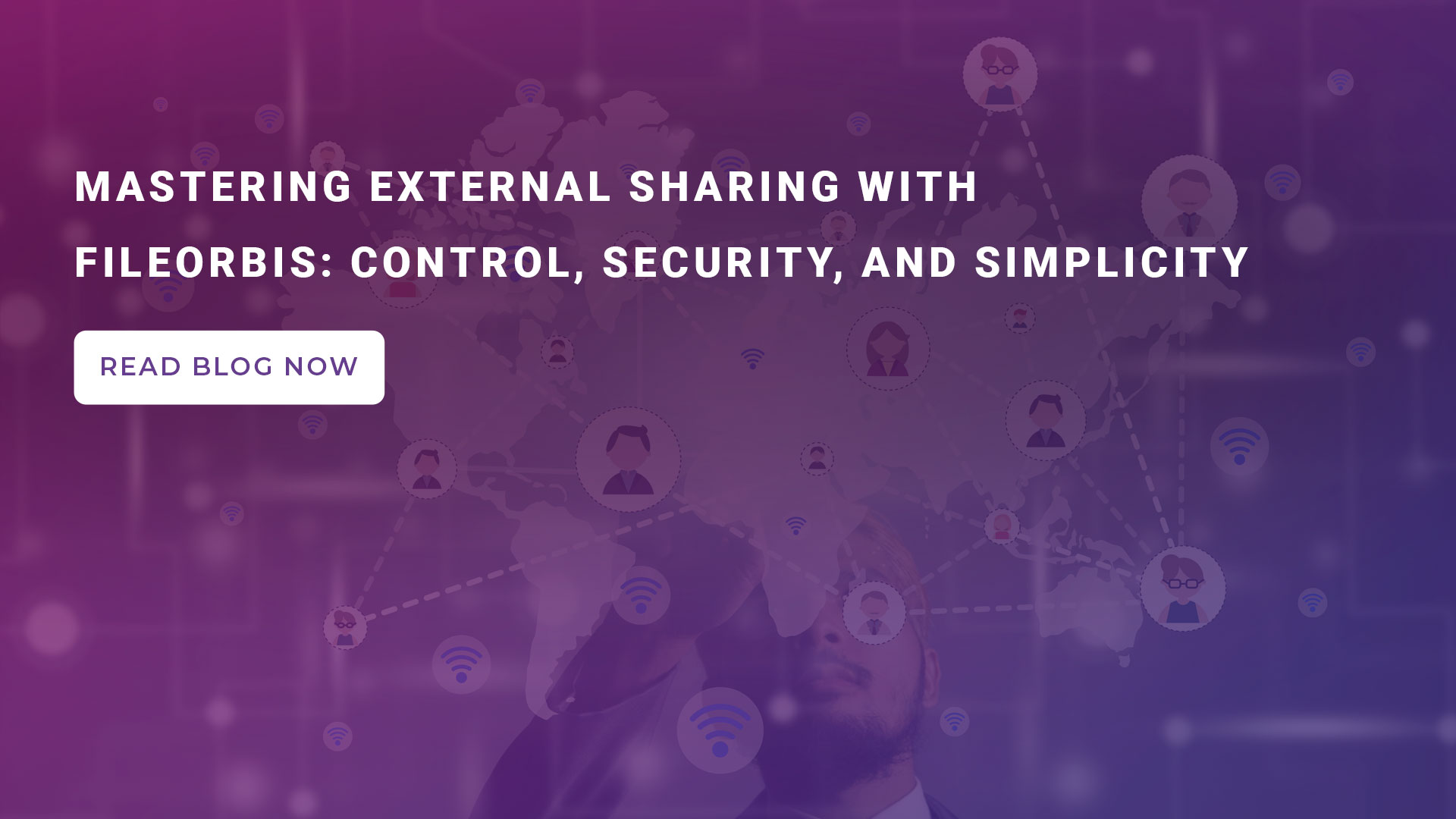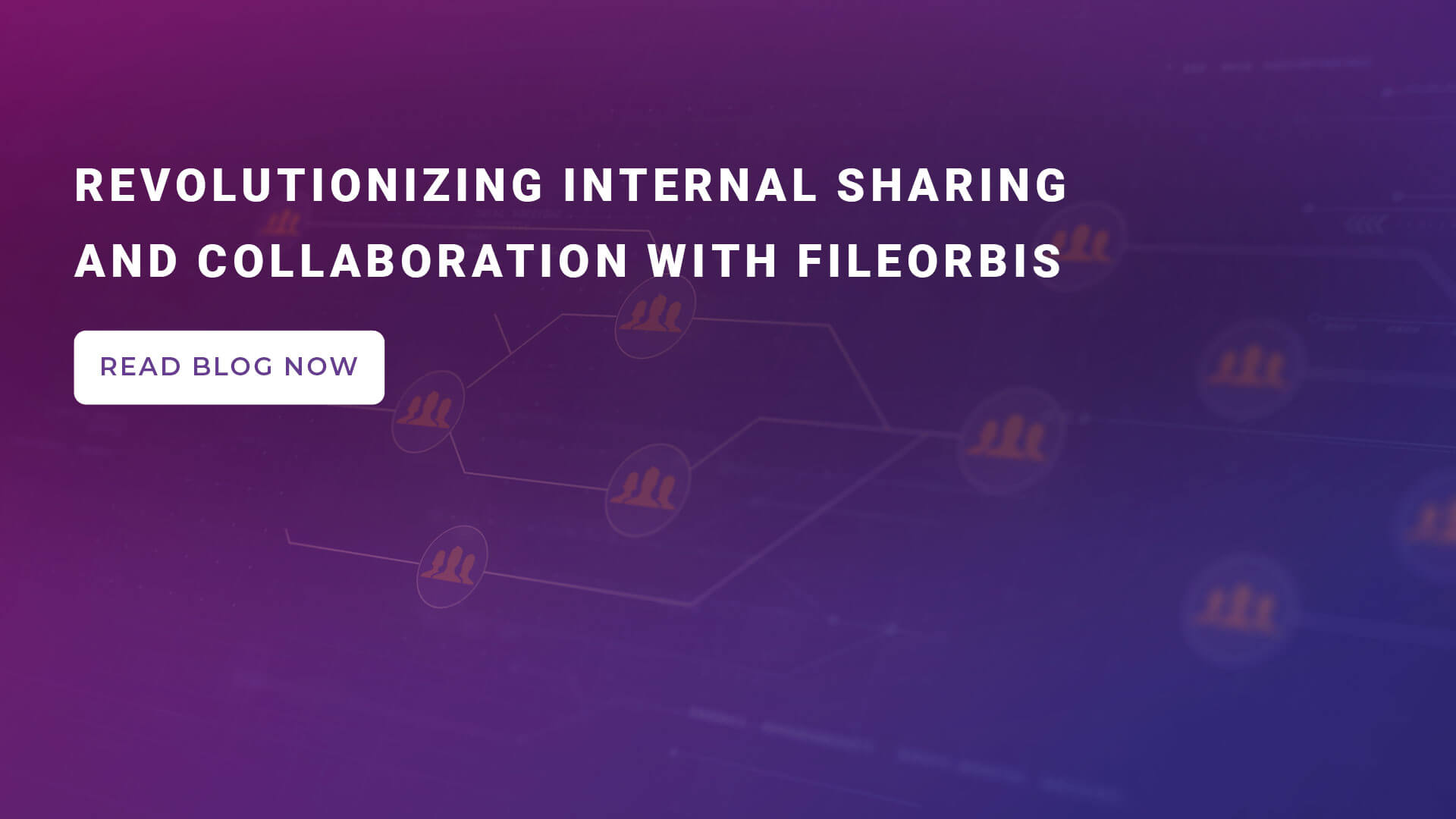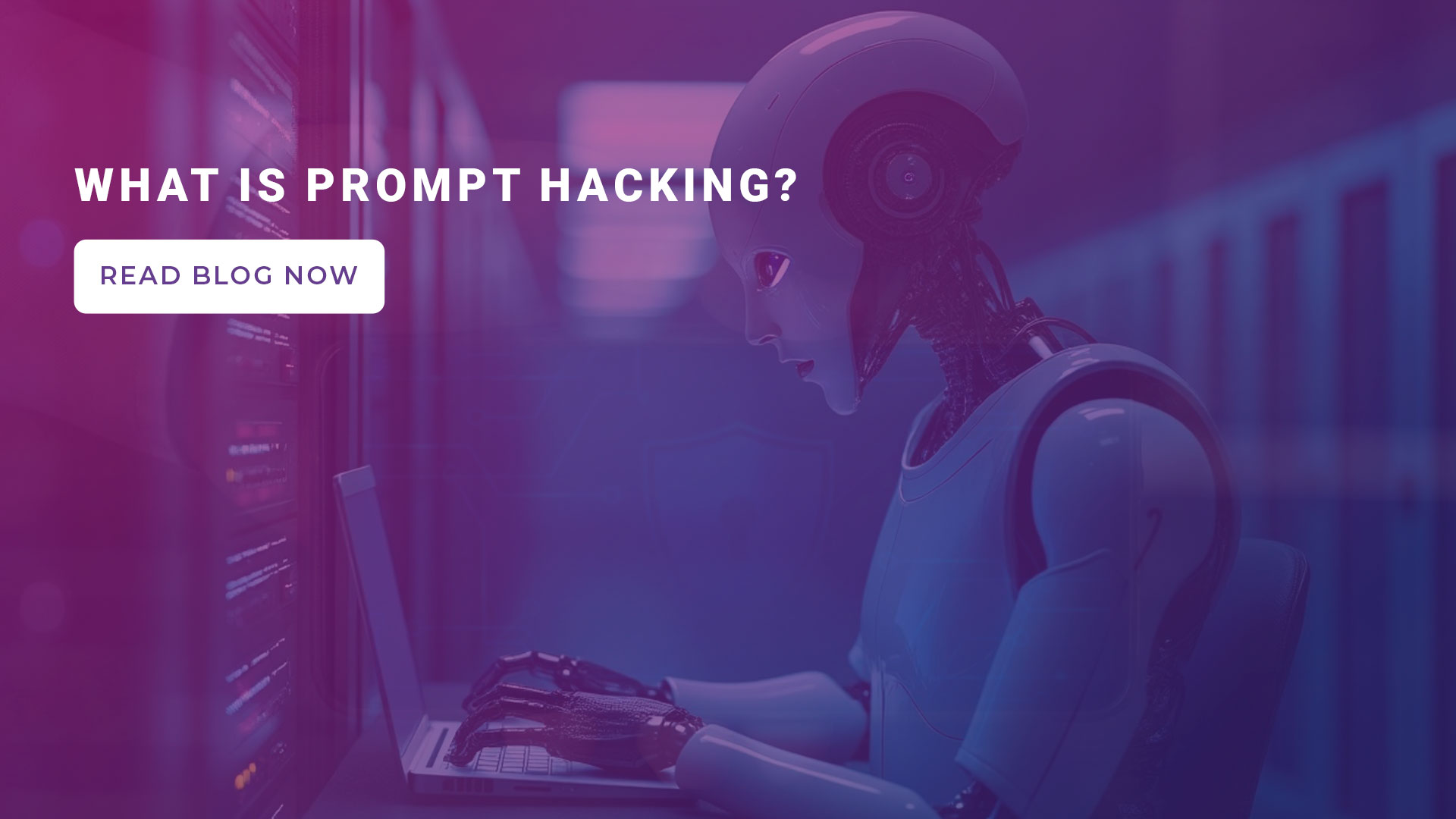
What is Prompt Hacking?
Large Language Models (LLMs) like ChatGPT, Gemini, Claude, and others have revolutionized how we interact with information and technology. Their ability to understand and generate human-like text is incredible. However, like any powerful technology, they come with unique security challenges. One of the most prominent emerging threats is prompt hacking.
But what is prompt hacking and why should you be concerned, especially if you’re leveraging AI with your own data?
What is Prompt Hacking?
At its core, Prompt Hacking is the manipulation of an LLM’s input (the “prompt”) to make it behave in ways the original designers or deployers did not intend. Think of it as a form of social engineering targeted at the AI itself. Attackers craft clever prompts to bypass safety filters, extract sensitive information, or trick the model into performing undesired actions.
Common goals of prompt hacking include:
- Bypassing Safety Filters: Coaxing the LLM to generate harmful, unethical, biased, or inappropriate content that it’s normally programmed to avoid.
- Revealing Confidential Information: Tricking the model into leaking sensitive data it might have access to, including its own system prompt (the hidden instructions guiding its behavior) or data from connected knowledge bases.
- Executing Unintended Actions: Manipulating the LLM to perform actions like making API calls or interacting with external systems in unauthorized ways (especially relevant for AI agents).
- Jailbreaking: Using specific techniques (e.g., role-playing scenarios, hypothetical questions) to break the model out of its usual constraints.
- Prompt Injection: Embedding malicious instructions within seemingly harmless input data, causing the LLM to execute the hidden command.
Why is Prompt Hacking a Growing Concern? The RAG Connection
Prompt hacking becomes particularly risky when LLMs are integrated with internal company data, often through a technique called Retrieval-Augmented Generation (RAG).
RAG systems enhance LLM responses by allowing them to access and retrieve information from external knowledge sources (like internal documents, databases, or file shares) before generating an answer. This makes the LLM vastly more useful for specific business contexts.
However, it also opens a door: If an attacker can successfully perform a prompt hack on an LLM connected to your internal data via RAG, they might be able to trick the LLM into retrieving and exposing sensitive information it wouldn’t normally reveal, effectively bypassing standard data access controls.
Imagine an LLM connected to your company’s file server via RAG. A cleverly crafted prompt could potentially ask the LLM to summarize documents it retrieves, inadvertently exposing confidential details from HR records, financial reports, or intellectual property, even if the user shouldn’t normally have access to the source document directly through the file system.
How FileOrbis Helps Mitigate Prompt Hacking Risks in RAG Scenarios
Protecting against prompt hacking requires a multi-layered approach, including securing the model itself and, crucially, managing the data the model can access. This is where robust ai data security and governance platforms like FileOrbis become essential, especially when implementing RAG:
Discovering Sensitive Data Before Exposure
You can’t protect what you don’t know you have. Before connecting data sources to a RAG system, you need to understand what’s in them.
- FileOrbis Feature: across your file storage systems. By proactively identifying files containing Personally Identifiable Information (PII), financial data, intellectual property, or other confidential information, you can make informed decisions about which data is safe to potentially expose to the RAG process and which needs stricter controls or exclusion.
Anonymizing Data for Safer RAG
Even if data needs to be accessible for context, the sensitive elements might not.
- FileOrbis Feature: By using FileOrbis to mask or replace sensitive details within documents before they are indexed or fed into the RAG retrieval mechanism, you significantly reduce risk. If a prompt hack occurs and the LLM retrieves information from an anonymized document, it won’t be able to leak the original sensitive details because they’re no longer there in the version it accessed.
Enforcing Access Control within RAG (Permission-Aware Chunks)
A fundamental security principle is least privilege – users (and by extension, AI acting on their behalf) should only access data they are authorized to see. RAG systems must respect existing permissions.
- FileOrbis Feature: This is critical. FileOrbis can integrate with the RAG process to ensure that when the system retrieves information chunks from files to provide context to the LLM, it only selects chunks from files that the specific user interacting with the LLM has permission to access based on the original file system permissions (like NTFS). This prevents a user from using prompt hacking to trick the LLM into accessing and relaying information from documents they aren’t authorized to view. It ensures the RAG system respects your established access control policies.
Prompt hacking is a sophisticated threat that exploits the conversational nature of LLMs. While model developers continuously work on defenses, organizations implementing AI, especially RAG systems connected to internal data, must prioritize data security.
By leveraging tools like FileOrbis to discover sensitive data, anonymize it where necessary, and critically, enforce existing file permissions within the RAG data retrieval process, businesses can build a powerful defense layer. This allows you to harness the benefits of AI and RAG while significantly mitigating the risk of sensitive data exposure through prompt hacking attempts. Secure data practices are paramount for responsible and trustworthy AI deployment.
Subscribe to our Newsletter
About FileOrbis
Aiming to manage the user and file relationship within an institutional framework, FileOrbis is constantly being developed in order to meet different industry and customer needs in terms of file management and sharing. Since 2018, FileOrbis continues to be developed with the excitement of the first day. FileOrbis focuses on high security, rich integration, ease of use and integrated management criteria.

